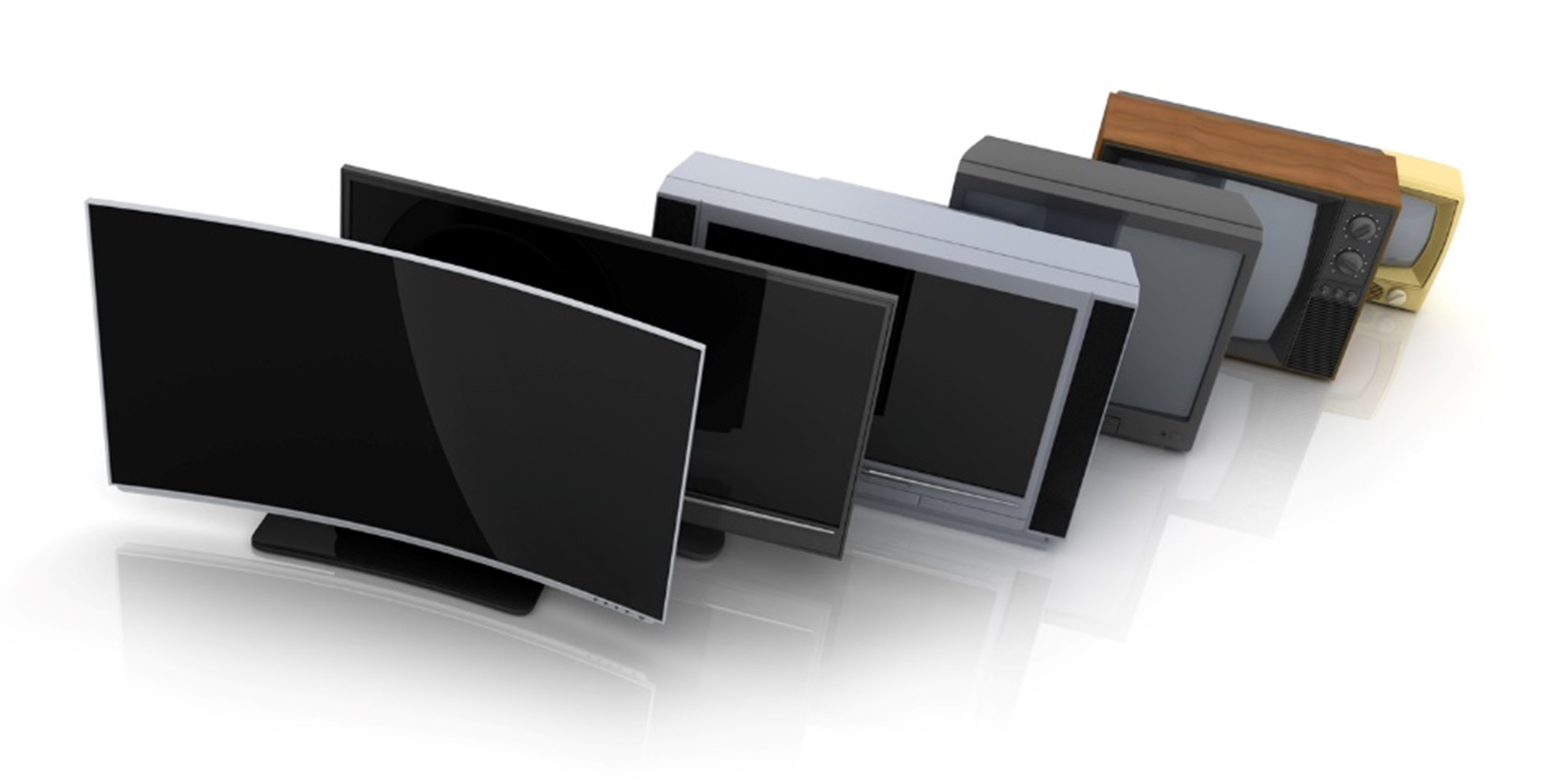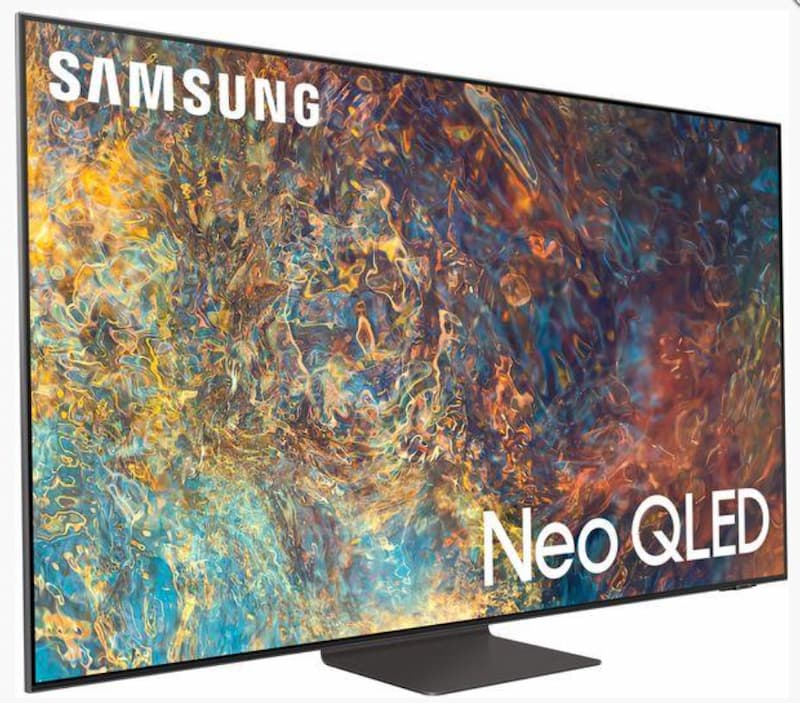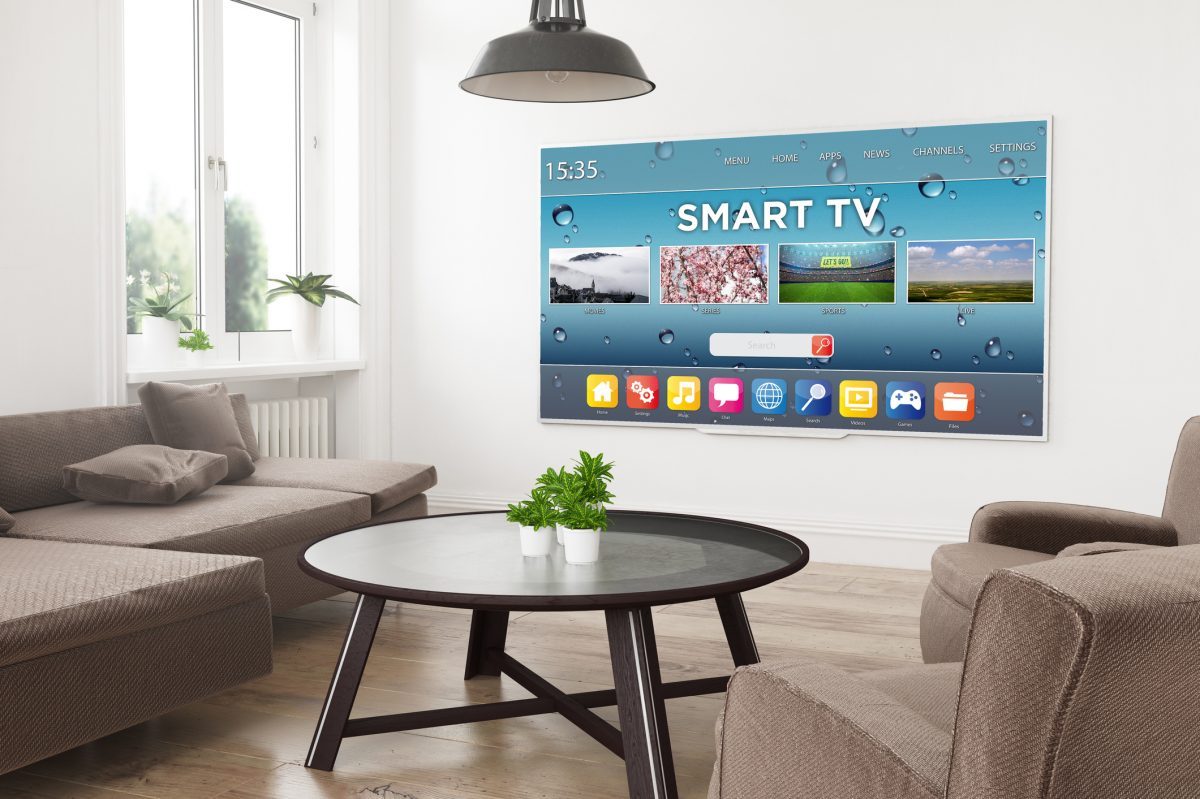If you’re in the market for a new television, you might find yourself getting a little bit confused by all the long words and odd combination of numbers that seem to have something (although you’re not sure what) to do with how good the TV is. Don’t worry TV fans! Here at Electronic World, we’ve compiled a handy jargon busting guide that will help you to make sense of all those confusing television words and phrases.
1080i and 1080p
These numbers may not sound like they mean much, but they actually refer to high-definition picture. 1080i is the way in which HD TV is broadcast, whereas HD Blu-ray discs would be recorded in 1080p which is ever so slightly more detailed and realistic. This improved quality comes from the way the picture is displayed as the horizontal lines are scanned one after the other, whereas with 1080i, the lines are scanned alternately.
Aspect Ratio
This refers to the ratio of the width and height of the screen which gives you the shape. Most movies are shot in an aspect ratio of 16:9 which is why you’ll find that most modern, widescreen televisions are also of the same ratio compared to the square shapes of past TV sets.
Contrast Ratio
This is all about the picture and colour quality. It refers to how dark and light the picture will go, so if you have a high contrast ratio, you’ll be able to see better colours, giving you deeper blacks and more fantastic whites. If you’re a real movie buff, you’ll want to choose a high contrast ratio to really get the most out of your TV and to enjoy the best picture.
Digital Processing
You may be able to find a label on your television set that refers to the digital processing software that has been used. Each brand uses different software which is used to enhance the picture quality.
Dynamic Backlight
This is a feature that you’ll see on LED and LCD TVs as they feature lights at the back or along the edge of the screen which illuminates the picture. The dynamic lights will adjust themselves to the optimum level for what is going on onscreen. So, if your TV is displaying a dark image, the backlight will be automatically dimmed to give you the best quality of picture.
Ethernet Port
You’ll find an Ethernet port on televisions that don’t have built-in wi-fi capability. This will allow you to connect up to the internet using an Ethernet cable.
Full HD and HD-ready
This refers to whether your television is high definition or if it has the capability for it. The resolution for a Full HD screen is 1920x1080p which means that you will get the best picture quality when watching HD TV or Blu-ray discs. If a TV is HD-ready, it means that it will have the minimum screen resolution needed for an HD picture, although it will not be quite as sharp as Full HD.
LCD TV
LCD stands for liquid crystal display and refers to televisions that use lamps to shine light through the crystal cells in the TV’s panel. This allows it to create the picture you are viewing by letting varying amounts of colour through.
LED TV
LED TVs are pretty similar to LCD TVs, but instead of using lamps, they use light emitting diodes which illuminate the screen in order for the picture to be formed. This means that LED models tend to be slimmer than LCD sets.
Here at Electronic World, we know a thing or two about TVs which is why we’re committed to helping you to find the perfect television. We have a fantastic range of cheap TVs for you to choose from, so take a look, and if you would like more information about any of our products, please don’t hesitate to get in touch with us today by giving us a call on 0121 327 3273 to speak to a member of our friendly team.







